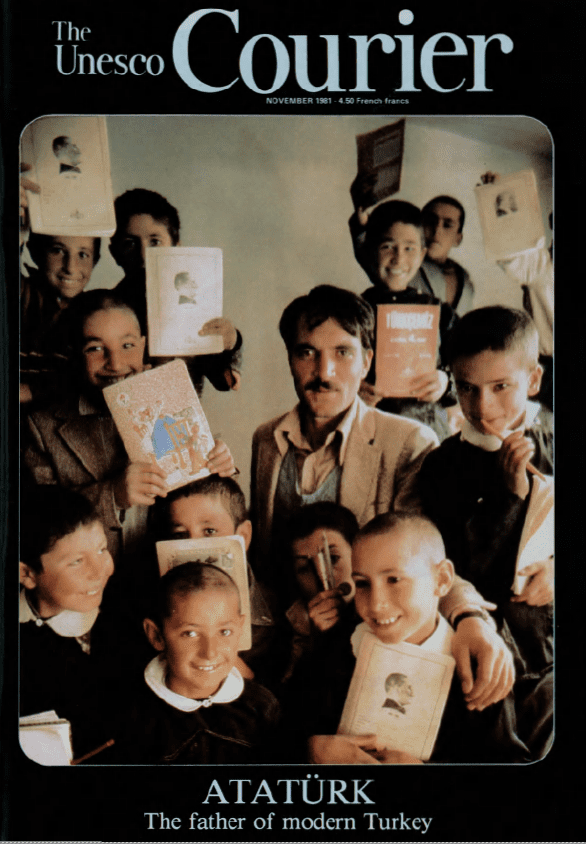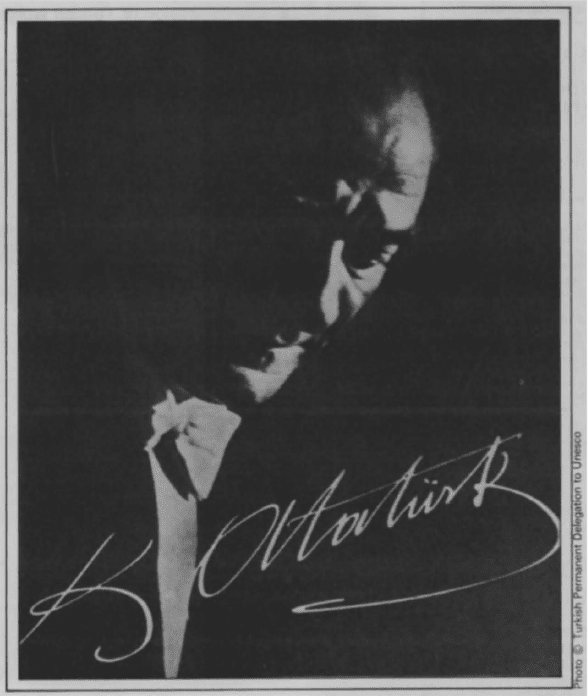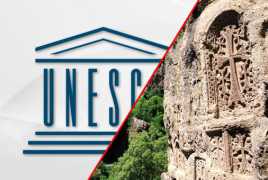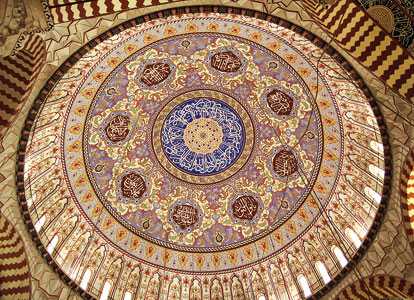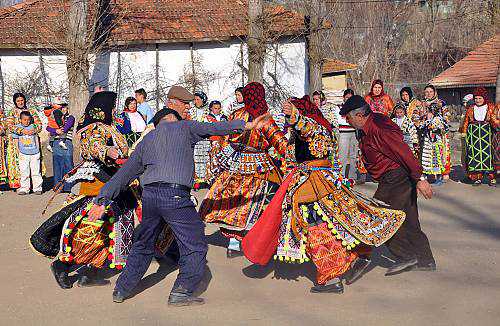 PARIS – Anatolia News Agency
PARIS – Anatolia News Agency
November 19, 2010
Three additional Turkish traditions, including the centuries-old sport of oil wrestling, were added Tuesday to UNESCO’s list of intangible cultural heritage.
The “Kırkpınar oil-wrestling festival,” the “semah, Alevi-Bektaşi ritual” and “traditional sohbet meetings,” all from Turkey, were among the 46 new elements inscribed on the Representative List of the Intangible Cultural Heritage of Humanity.
The Kırkpınar oil-wrestling festival takes place in the northwestern province of Edirne, where thousands of people from different age groups, cultures and regions travel every year to see wrestlers (pehlivan) fight for the Kırkpınar Golden Belt and the title of Chief Pehlivan.
“Semah” can be described as a set of mystical and aesthetic body movements in rhythmic harmony and constitutes one of the 12 main parts of cem rituals, religious practices performed by adherents of Alevi-Bektasi, a belief system based on admiration for Ali, the fourth caliph after the prophet Mohammed. Semah is performed by semah dancers, accompanied by devout musicians playing the saz, a long-necked lute.
Traditional “sohbet” (conversation) meetings play a crucial role in transmitting Turkish folk literature, folk dances and music, village plays and societal values. Turkish men meet regularly indoors, especially in winter, to discuss local social and cultural issues, safeguard traditions, and encourage solidarity, mutual respect and a sense of community.
In recent years, the United Nations Educational, Scientific and Cultural Organization, responding to proposals by the Turkish Ministry of Culture, has inscribed Karagöz (a traditional shadow play), the Mevlevi semah ritual (the performance of whirling dervishes), the “aşıklık” (minstrelsy) tradition and the art of “meddah” (public storytellers) on its Intangible Heritage List, which aims to safeguard traditions from around the world.
